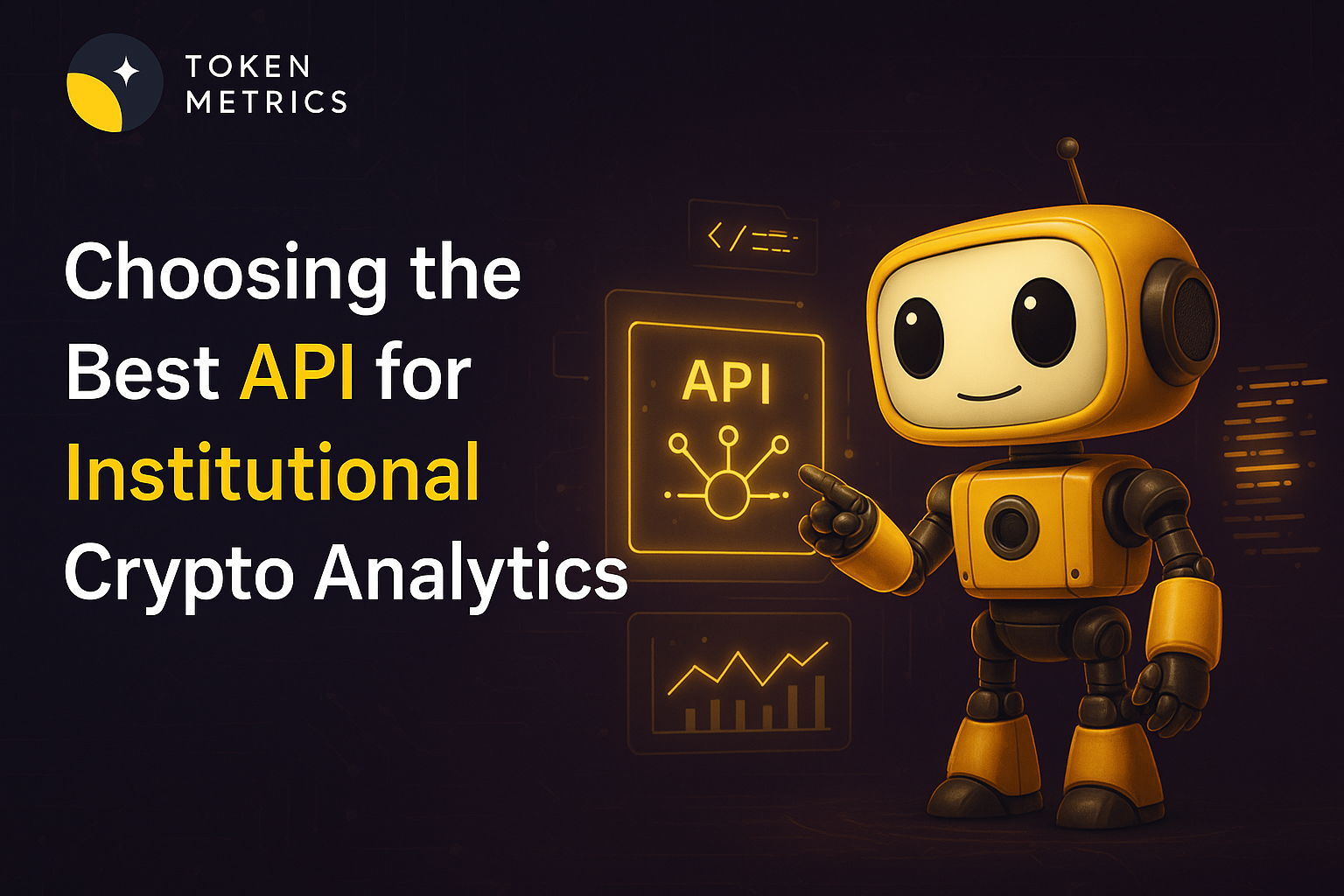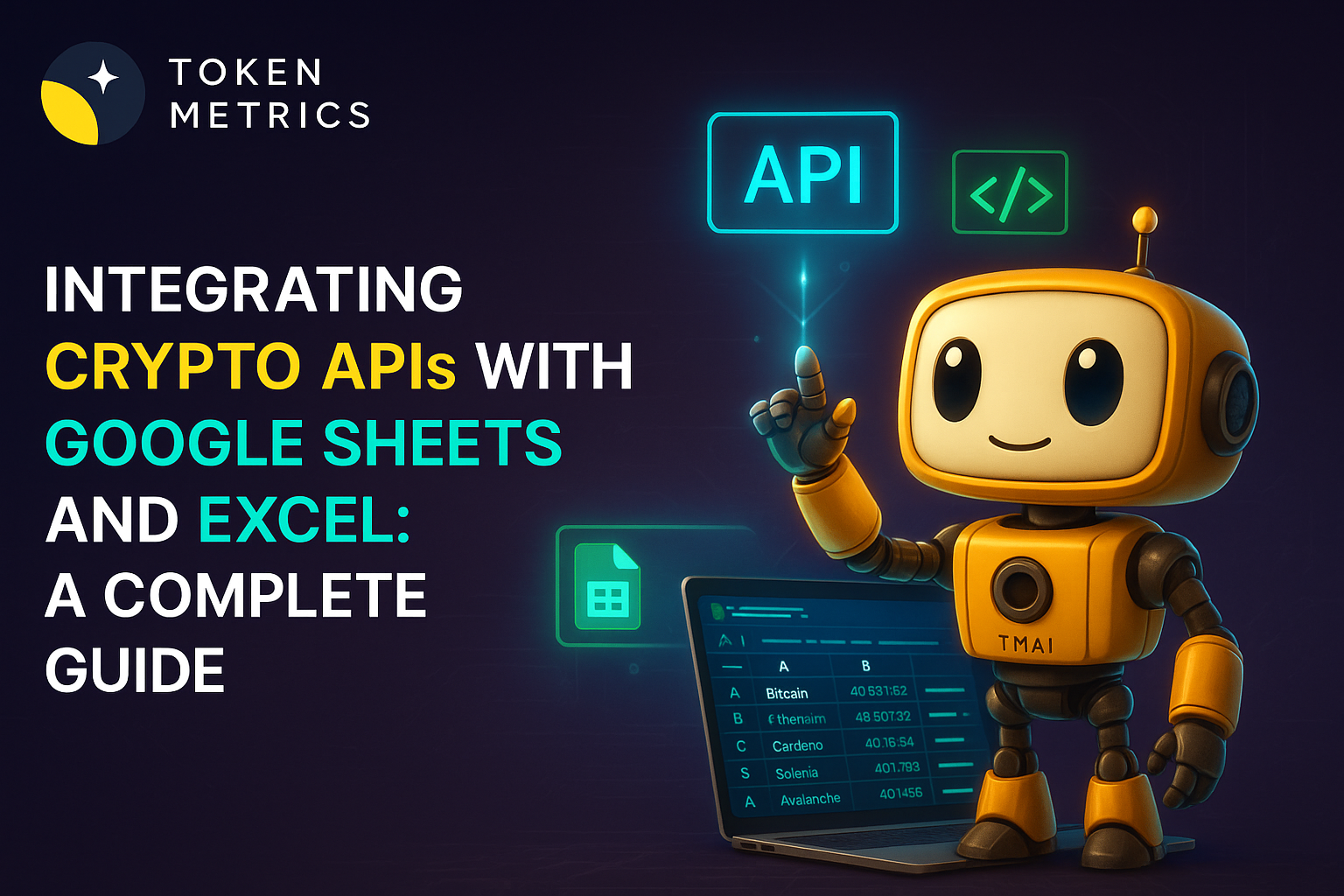Best NFT Marketplaces - 10 Marketplaces for NFTs in 2023

As the world of cryptocurrency continues to evolve and the blockchain revolution continues to gain traction, non-fungible tokens (NFTs) are becoming increasingly popular. NFTs are digital assets that are stored on the blockchain and are unique and non-interchangeable. They are used to represent everything from art, music, videos, and digital collectibles. With the rise of NFTs, more and more people are looking for the best NFT marketplaces to buy and sell their NFTs. If you are someone who is also looking for the top NFT marketplaces to buy, sell, and trade NFTs on, this is the place to be.
In this article, we’ll take a look at what an NFT marketplace is and how they work. We’ll also provide a list of the best NFT marketplaces, so you can find the perfect place to buy or sell your digital artwork.
What Is an NFT Marketplace?
An NFT marketplace is a digital platform specifically designed to facilitate the sale and purchase of NFTs or Non-Fungible Tokens. NFTs are digital artworks that are created, bought, and sold on these marketplaces. They are unique digital tokens that are stored on the blockchain and can be bought, sold, and traded. It is the perfect place to find and purchase digital art works created by talented artists from around the world.
The concept of NFTs has been around for a few years, but it has only recently started to gain traction. As more people become aware of the potential of NFTs, the demand for these marketplaces is increasing. There are now many different NFT marketplaces available, each offering something unique and different.
NFT marketplaces are a great way to find and purchase unique digital artwork from talented artists. They are also a great way to invest in digital art, as NFTs can be bought, sold, and traded for a profit.
How Do NFT Marketplaces Work?
NFT marketplaces work by connecting buyers and sellers of digital artwork. Buyers can browse through the different artworks available, and then purchase the artwork they like. The artwork is stored on the blockchain, and the buyer receives a unique token that represents the artwork. This token can then be used to buy, sell, or trade the artwork.
When a buyer purchases an artwork, the money goes to the artist who created the artwork. The marketplace then takes a small commission for facilitating the transaction. The commission varies from marketplace to marketplace, but usually, it is around 5-10%.
The artwork is stored on the blockchain, and the buyer receives a unique token that represents the artwork. This token can then be used to buy, sell, or trade the artwork. The token can also be used as a form of digital currency and can be exchanged for other digital assets like cryptocurrencies.
NFT marketplaces are a great way to find, buy, and sell digital artwork. They are also a great way to invest in digital art, as NFTs can be bought, sold, and traded for a profit.
Why Is It Important to Understand the Best NFT Marketplaces?
It is important to understand the best NFT marketplaces because they provide users with a secure, user-friendly platform to buy and sell NFTs. The marketplaces also provide users with access to a variety of services such as NFT auctions, NFT staking, NFT creation, and more.
The best NFT marketplaces also provide users with the option to purchase NFTs using cryptocurrency. This makes it easier for users to purchase NFTs without having to rely on traditional currency. The marketplaces also make it easy for users to store and manage their NFTs.
Finally, the NFT marketplaces also provide users with access to a wide variety of NFTs. This allows users to easily find and purchase the NFTs they are looking for.
List of Best NFT Marketplaces
The following is a list of the best NFT marketplaces for 2023. All of these marketplaces offer something unique and different and are great places to find and purchase digital artworks.
- OpenSea: OpenSea launched in 2017 and became one of the most popular NFT marketplaces. It has a wide selection of digital art, ranging from digital collectibles to digital artwork. OpenSea also has a built-in auction system, which makes it easy to buy and sell digital artwork.
- Magic Eden: Magic Eden started as an NFT marketplace for Solana but now supports multiple blockchains to buy, sell, and trade NFTs on.
- Rarible: Rarible launched in 2020 and became an important marketplace for digital art. It has a huge selection of digital artwork from talented artists, and it also has a built-in auction system with 0% fees.
- SuperRare: SuperRare is another popular NFT marketplace launched in 2018, powered by a community of artists, curators, collectors and partners.
- MakersPlace: MakersPlace marketplace launched in 2018, for rare, authentic and curated digital art. It’s a great place for renown artists powered by blockchain technology.
- Foundation: Foundation is an NFT marketplace launched in 2021, that specializes in digital collectibles. It has a large selection of digital collectibles with a built-in auction system.
- Decentraland: Decentraland launched in 2020. It is a virtual destination for digital assets. You can buy land, estates, avatar wearables and names in the Decentraland Marketplace.
- Sorare: Sorare is another NFT marketplace launched in 2019 that specializes in digital collectibles where you can collect, play and win officially licensed digital cards featuring the world's best global football, NBA and MLB players.
- Dapper Labs: Dapper Labs was founded in 2018. It uses the power of play to deliver blockchain-based experiences and digital collectibles that are made for you and ready for the real world.
- Nifty Gateway: Nifty Gateway is another NFT marketplace you can use. It offers a diverse range of art and collectible NFTs which are available as Curated Drops.
Conclusion
NFT marketplaces are a great way to find, buy, and sell digital artwork. They are also a great way to invest in digital art, as NFTs can be bought, sold, and traded for a profit.
Whether you’re looking to buy digital artwork or invest in digital art, these marketplaces are the perfect place to start. So why wait? Start exploring these marketplaces and find the perfect NFT for you today.
Create Your Free Token Metrics Account

.png)




%201.svg)
%201.svg)


%201.svg)










.svg)




.png)